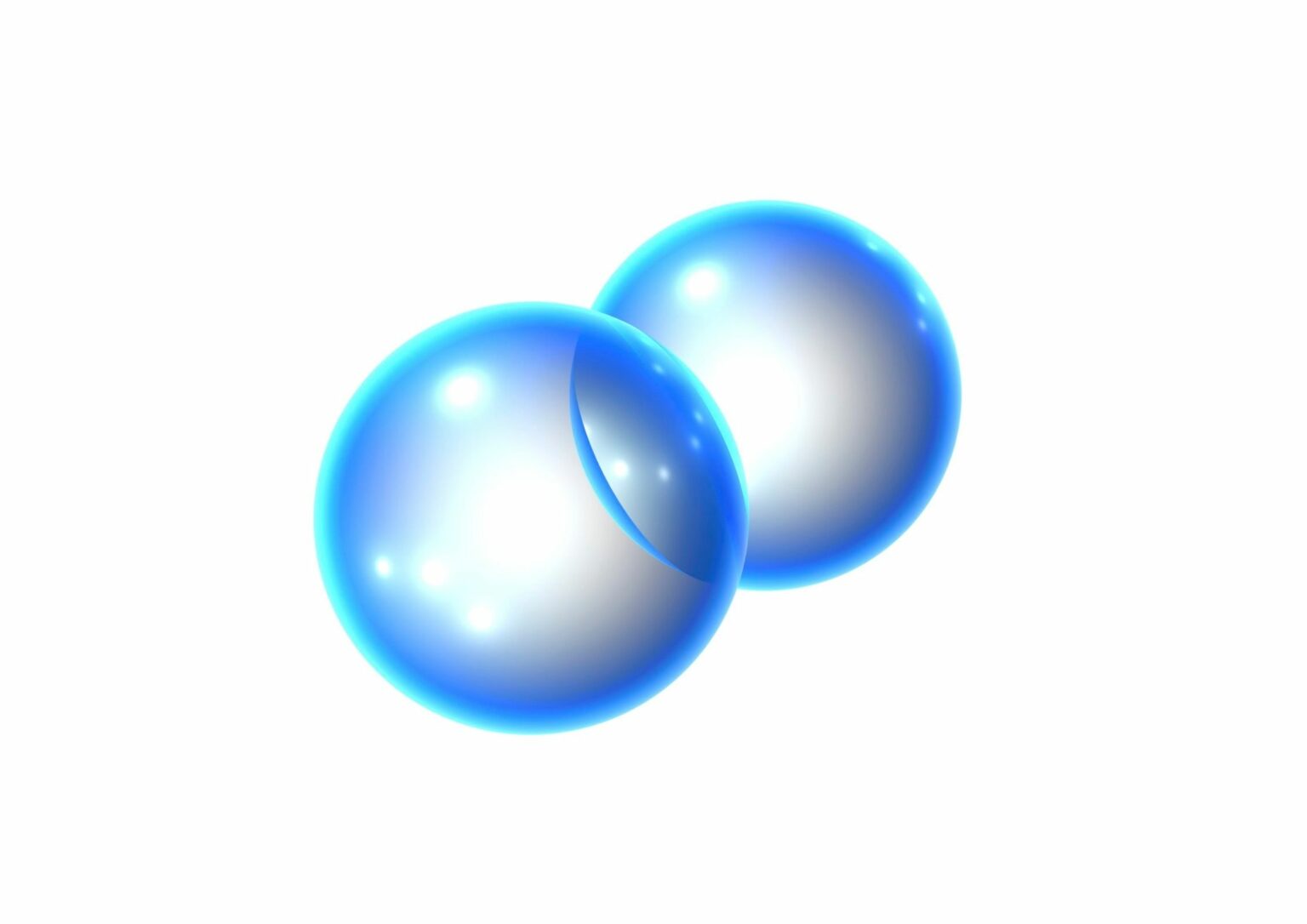Gloyer-Taylor Laboratories (GTL) recently announced what it describes as a breakthrough in cryogenic hydrogen transfer technology, particularly with its Blended Hybrid Laminate (BHL) composite tubes.
These tubes are touted as a game-changer in reducing liquid hydrogen (LH2) boil-off and accelerating chill-down times during fuel transfer. While the claims are impressive, they merit a critical examination, especially when compared to existing industry benchmarks.
NASA has long faced significant challenges with hydrogen boil-off during cryogenic transfers, losing an estimated 50-70% of hydrogen due to boil-off. GTL’s BHL technology claims to address these issues by significantly reducing both chill-down times and boil-off losses. However, the broader industry has yet to see a solution that completely mitigates these problems, raising questions about the actual impact of GTL’s advancements.
While the recent tests under the NASA SBIR program show promising results, with BHL composite tubes reportedly reducing chill-down times by a factor of ten compared to traditional stainless-steel tubing, it’s important to contextualize these findings. The reported improvements, though significant, do not eliminate boil-off entirely, which means that while BHL technology may reduce waste, it does not necessarily represent a complete solution to the hydrogen boil-off problem.
GTL claims that its BHL composite tubes can reach the necessary 20 degrees Kelvin within two seconds, drastically cutting down the time required for LH2 transfer. This could theoretically reduce the time it takes to fill aircraft tanks from hours to minutes. However, this assertion needs to be evaluated against real-world operational conditions, where factors such as environmental variables, system integration, and material durability come into play.
Moreover, while the reduction in thermal mass and improved heat transfer properties of BHL tubes are noteworthy, it’s crucial to ask whether these improvements represent a genuine leap forward or merely an incremental enhancement of existing technologies. In an industry where advancements are often measured in small but significant steps, the distinction between innovation and evolution is key.
GTL has also emphasized the scalability of its BHL tubes, claiming they can be adapted to various diameters and lengths, and can even be bent or flexed for specific applications. The company has integrated these tubes into the main liquid oxygen and liquid methane propellant lines for its Disruptor suborbital rocket, showcasing their potential in flight applications.
While the Phase II effort validated the scalability of BHL tubes, real-world applications often expose unforeseen challenges. The success of these tubes in ground tests is encouraging, but whether they can perform reliably under the stresses of actual flight conditions, especially in more demanding applications like space missions or commercial aviation, remains to be seen. Furthermore, the implications for long-term durability and maintenance are yet to be fully explored.
GTL envisions a wide range of future applications for its BHL technology, including integration into launch systems, lunar missions, and satellite systems. While the versatility of the technology is appealing, its practical implementation across these varied domains will require rigorous testing and validation.
The company’s ongoing projects, such as the integration of BHL composite tubing into a flight prototype of an ultra-lightweight composite LH2 Dewar tank, set for testing on a manned helicopter, will be critical in determining the technology’s viability. However, the path from prototype to widespread adoption is fraught with challenges, and it remains to be seen whether BHL technology can achieve the necessary performance and reliability standards.





